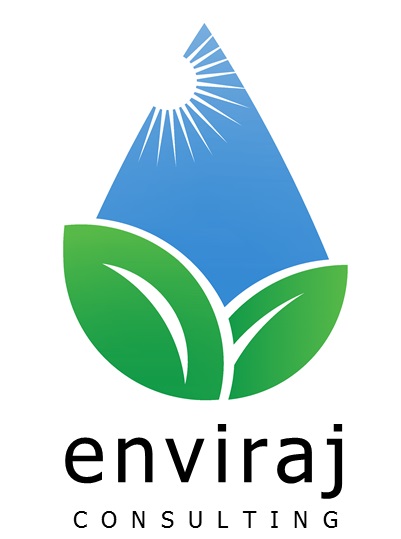Enviraj Consulting
Electrocoagulation
| Electrocoagulation | |
|---|---|
| Overview | Electrocoagulation (EC) is an emerging technology that is applied in water and wastewater treatment, which combines the functions and advantages of conventional chemical coagulation (CC), flotation, and electrochemistry. Although EC has been known for over a century, it is currently under a strongly renewed global research, and has also gained industrial interest. |
| How Does it Works | As water passes through the electrocoagulation cell, multiple reactions take place simultaneously. First, a metal ion is driven into the water. On the surface of the cathode, water is hydrolyzed into hydrogen gas and hydroxyl groups. Meanwhile, electrons flow freely to destabilize surface charges on suspended solids and emulsified oils. As the reaction continues, large flocs form that entrain suspended solids, heavy metals, emulsified oils and other contaminants. Finally, the flocs are removed from the water in downstream solids separation and filtration process steps. |
| Pollutants Removed | COD, BOD, TSS, Total Nitrogen, Total Phosphorous, fecal coliforms, Heavy Hetals. |
| Area of Application | Industrial Wastewater, Domestic wastewater. |
| Environmental Footprint | Morderate |
| Area Footprint | Low |
| Treatment cost per Cubic Meter | Unknown |
| Capital Cost | High |
| O&M Cost | Low |
| Data Sources: | - |
